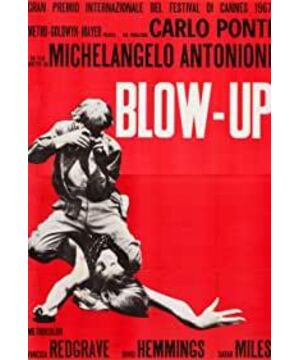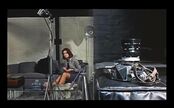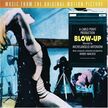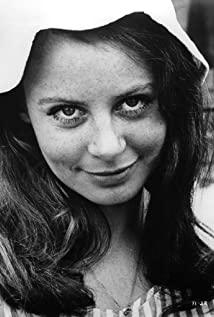Thomas, a fashion photographer played by David Hemmings, secretly filmed a flirtation between a young woman and a gray-haired man during a gathering in the park. The woman who was secretly photographed found the photographer and followed him back to his residence to plan Take back the film. Photographer Thomas had seen through her plans and repackaged the film, sending the young woman away. While developing the photo, he stumbled across something unusual in the photo: a gunman hiding in the bushes and a looming body. He rushed back to the park late that night and found the man's body lying on the ground, but instead of calling the police, he went to the nightclub to find his publisher and told him what happened. The delirious publisher didn't believe Thomas and dragged Thomas to play together in the nightclub. Thomas woke up the next day and immediately remembered the body in the park, but when he returned to the park, the man's body had disappeared. On his way home he came across a group of young men dressed in weird clothes with white faces. They stopped by the tennis court and two of them started playing tennis that didn't exist.
This is not a suspense film, and Antonioni does not reveal to the audience the ending of this bizarre murder until the end of the film, and even the murder itself is questionable. Are there killers? Murder that Thomas personally experienced? Did he really see the corpse? But none of this matters. It's better to say that the so-called murder is not the center of the film, and the unsolved suspense de-plots the film.
Let's go back to Thomas, the protagonist of the film, a successful fashion photographer whose young girls are vying to be his model. Contrary to what we imagined, Thomas treated the models rudely and made unreasonable demands (to make the waiting models close their eyes and not open them), it can be said that he only used the models as a tool for his artistic expression. From a few clips we can see that Thomas is a man who loves art, especially when he is meticulous and devoted to developing photos. He also doesn't like hedonism (he turns down marijuana from publishers). As such an individual, Thomas could not integrate into the social environment of the so-called Swinging London at that time. His life can be said to be boring. He was not attracted by sex, drugs, rock music, that is, the pleasure he could easily get, but focused on in art work. Personally, I think the murder that Thomas experienced and the non-existent tennis ball he threw at the end of the film actually represent, as an individual who pursues artistic expression, Thomas' ambiguity of the boundary between the objective world and the subjective world. The artists represented will strongly integrate subjective feelings into real life, and at the same time, this characteristic will also bring negative effects, that is, doubts about the objective world and self-deception. Nothingness exists at the same time as the magnification of artistic feeling.
From a cultural background, Antonioni doubts the existence of the so-called Swinging London among the general public. The sluggish, stiff-limbed young people in the Livehouse didn't respond to the passionate rock music. Instead, the broken headstock thrown off the stage by the guitarist competed for the ground and blood. Ironically, when they walked down the street, Thomas threw the snatched headstock on the street (through this clip, the director once again questioned the existence of the Swinging trend, the core of which is nothing more than the crowd's herd mentality rather than a cultural change).
In general, Zoom is the director's questioning and irony of the social and cultural trends at that time. The so-called popular fashion has been demythified. Just like the invisible tennis ball, it is nothing more than a generation of young people doing nothing under the post-war economic growth. Self-comforting and escaping from reality, Thomas did not attach to reality, but became a hero under the lens of modernist cinema in constant doubt and creation.
View more about Blow-Up reviews











